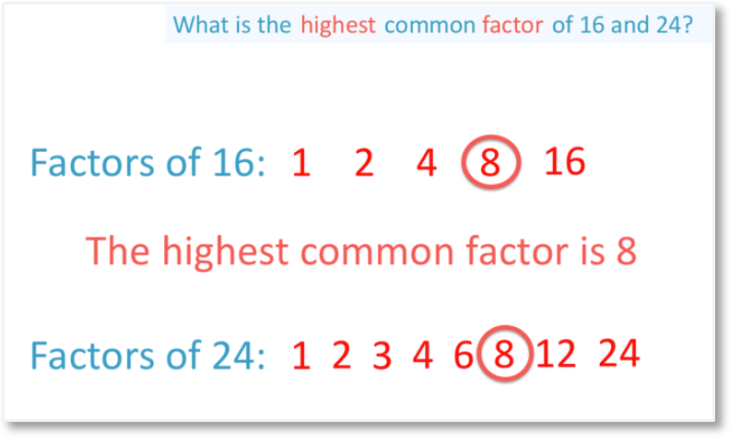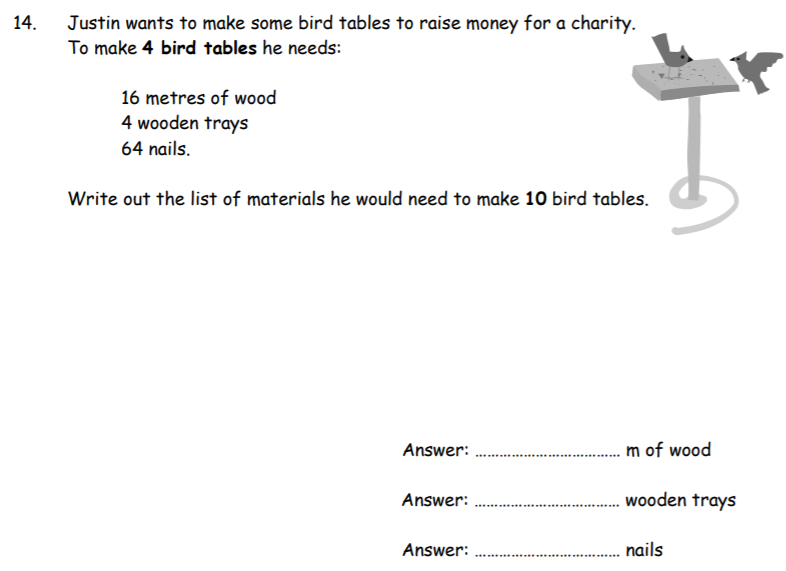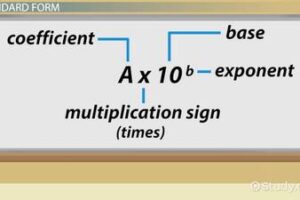
Highest Common Factor
Highest Common Factor
One of the approaches I have been advocating in tuition lately is the use of the Highest Common Factor principle and how to use this in questions. It’s a core concept and one that should be used widely in many questions. Whether it be fractions , cross-cancellation or in the case below, working out what the requirements are for “X” given what you know about “Y”. All will become clear with this question. See the below and then a worked example on how to tackle this style of question If the technique is understood, then it will help immensely for a wide variety of questions. It represents just one of the many areas I cover in tuition which is always packed with great tips and recommendations whether you are doing KS2, KS3, GCSEs or A Level Education The application of the Highest Common Factor technique is extremely useful as you will see:

Highest Common Factor – The approach:
There are 2 approaches. OPTION 1:Work out what it would be for 1 bird table and then multiply up by 10 to get the total for 10 bird tables. However, this approach means that you start to deal in decimals as you would need 0.4 wooden trays per bird table. This can sometimes cause errors down the line OPTION 2: Therefore, the approach I advocate is HCF.
-
-
-
- Look at the core numbers which is that you have the “requirements” for 4 bird tables and need to work out what is required for 10
- The HCF of 4 & 10 is 2
- Therefore, calculate what is needed for 2. In this case, that would be halving what you need for 4.
- So for 2 you need 8 metres of wood, 2 wooden trays and 32 nails
- Then work out “how many batches of 2s” you need to get for the required 10 tables
- So this is 5 batches
- The answer becomes (5 * 8 metres of wood); (5 * 2 wooden trays) and (5 * 32 nails)
- 40 metres; 10 wooden trays; 160 nails
-
-
For further reading, you can find more about HCF, Lowest Common Multiple etc in this additional article here Coming soon…. a tutorfinder service



